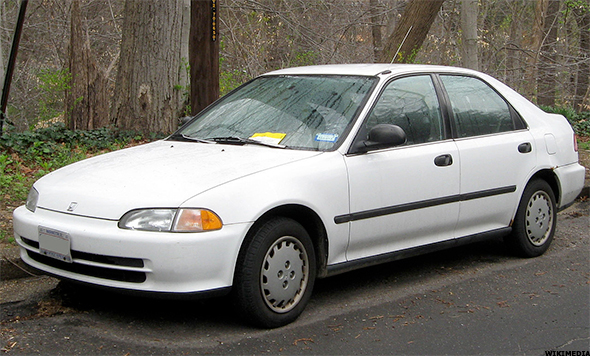

However, the Firestorm/Super Hawk has a pretty big following today that has grown over the years with people appreciating the power, comfort and reliability that comes with owning a Honda. However, neither bike managed to really captivate the world it wasn’t long before four-cylinders were popular again and the Japanese V-twins were thrown on the back-burner. The Suzuki TL1000S was released around the same time with the same intention. Honda’s big intention with the Firestorm was to go after the mass market, and so the bike was cost-effective to service, reliable, and came with a targeted price point at a wider audience than just the high-end superbike customer base, which Ducati had covered. The capacity, bore and stroke was identical to that of the infamous Ducati 996, so Honda were not shy about coming forward and announcing exactly who the target competition was with the new model. The engine was exceptionally smooth, so much so that at speed riders said it was easy to forget you’re riding a V2 motorcycle. A liquid-cooled, 90° V-twin, 996cc power house with 110 horsepower, 97Nm of torque and a top speed of 154mph. The 1990s were an interesting time for Japanese manufacturers, for so long they had been the leaders of the in-line four engines that abolished everything in their wake, then almost out of nowhere came Ducati with their V-twin sportbikes absolutely destroying the track.Įnter the VTF1000F or aptly named Firestorm, another of Honda’s releases for 1997 (Super Hawk was the dedicated name in the US).

“Honda Fire Storm” by Y.J.Lee 刺 is licensed under CC BY-NC-ND 2.0 £2,500-£4,000 or $4,000 will get you a decent example from the early years and you can expect to be able to buy one at that price, ride it for a few years and sell it for the same down the line.Ī quote from MCN sums up the Blackbird up pretty well “Sensible and utterly insane at the same time” I’m pretty sure I’ve heard people say the same thing about me. At the time the linked brake system was considered hit and miss by riders but those riding in the wet or with a pillion were often quick to praise it. The bike was remarkably stable at high speed, with fairly light but precise steering, at 223kg it wasn’t light but carried the weight well and felt balanced.įor stopping power there were dual discs upfront and single on the back linked by Honda’s CBS system, which meant both brakes operated regardless of whether the foot or hand lever was operated. Regardless, the bike’s purpose outweighed its style on the level of importance and performance more than made up for anything lacking visually. The aerodynamic design was somewhat disguised by what you could call a bit boring and plain bodywork, however efficient and built to purpose, the styling was just a bit drab.

Twin balancer shafts were used which meant the engine was smooth as butter, this in turn helped the chassis retain a high level of rigidity, by being solidly mounted in the aluminium twin-spar frame.Īs much as Honda had set about creating the fastest production motorcycle on the market, they went about in a way that the new bike would also be very usable, comfortable to ride and be a solid touring bike. All of this power came out of the liquid-cooled, four-stroke, transverse four-cylinder, DOHC 1137cc engine. The bike produced 164 horsepower and packed with torque with 127 Nm. Honda succeeded and held the title for 2 years with a top speed of 178.5mph. Before Busa domination though, in 97 the Honda Blackbird was developed to directly challenge the Kawasaki Ninja ZX-11 (also known as ZZ-R1100) for the title of the world’s fastest production motorcycle. The 90s was the era of Japanese supersport motorcycles that were built for break-neck speeds, topped off in 1999 with the Suzuki Hayabusa. “Honda CBR1100XX: Super Blackbird” by denovich is licensed under CC BY-NC-SA 2.0


 0 kommentar(er)
0 kommentar(er)
